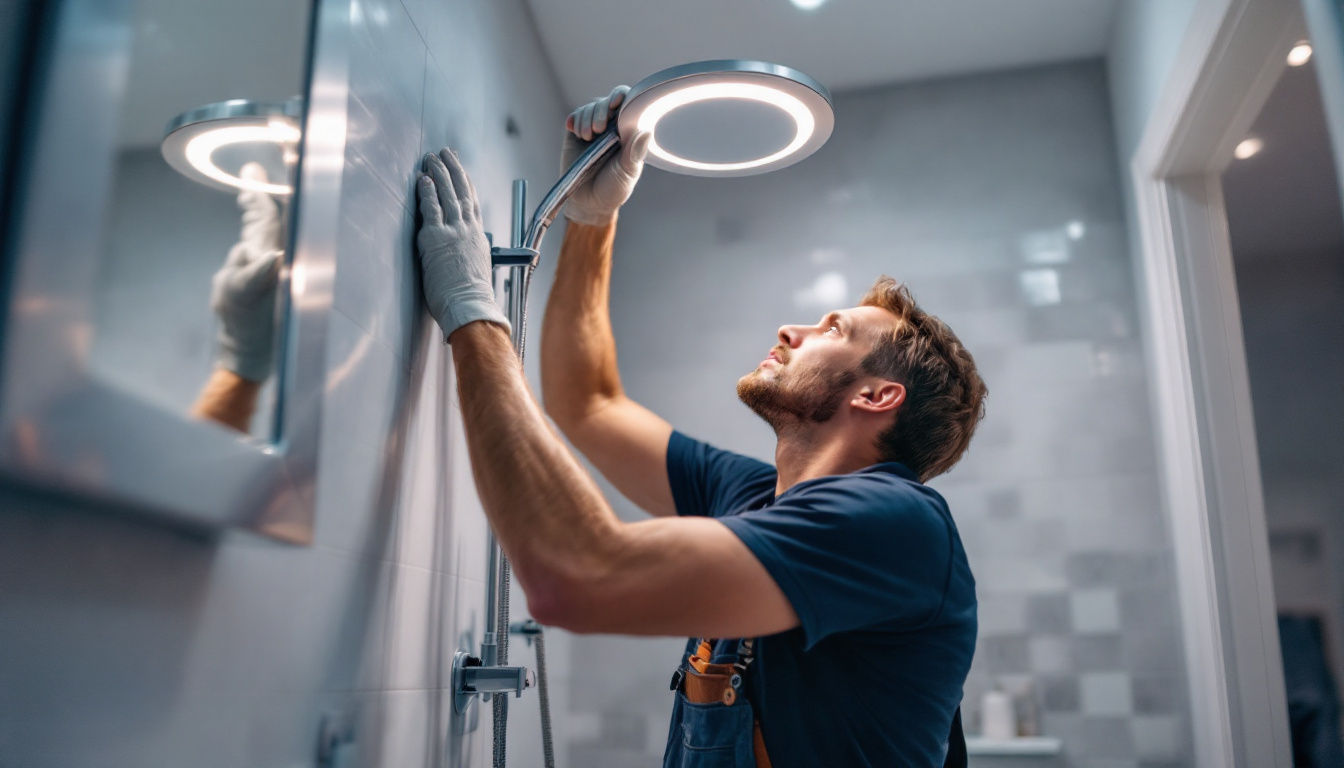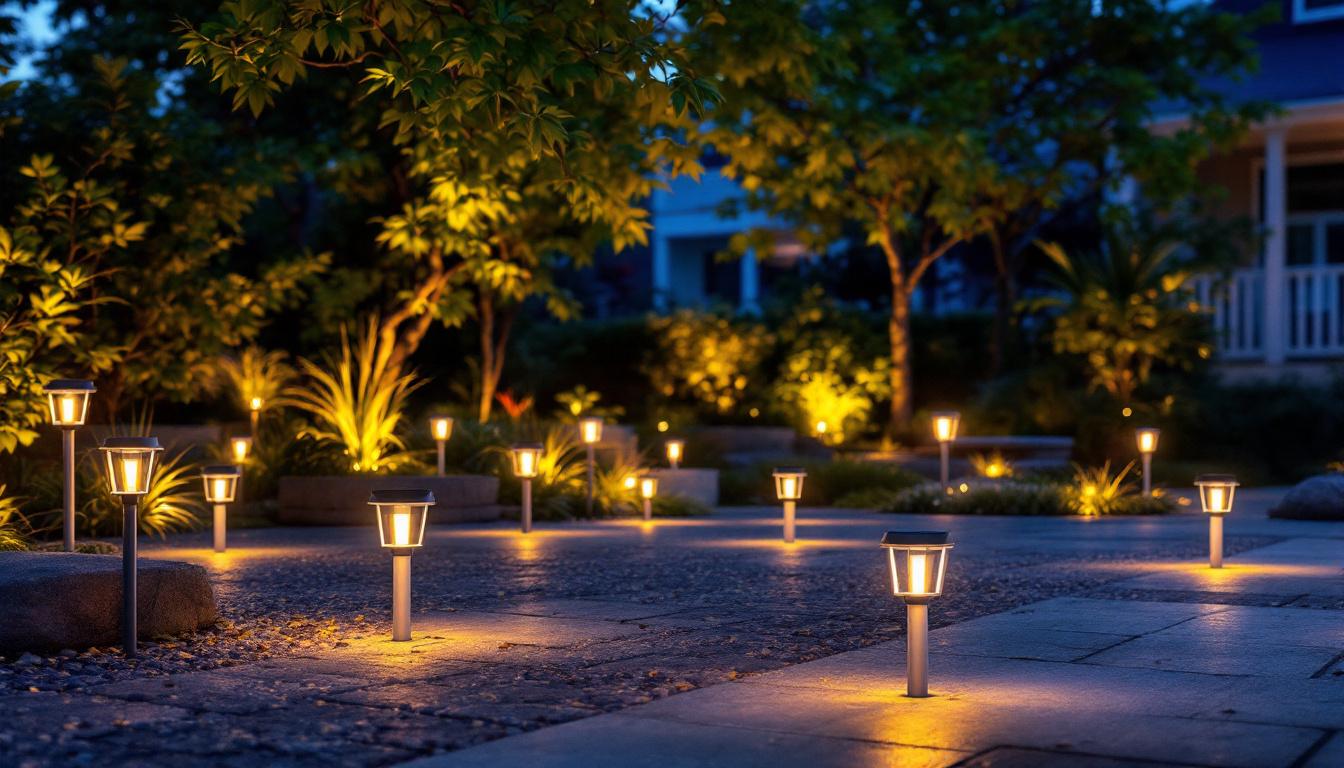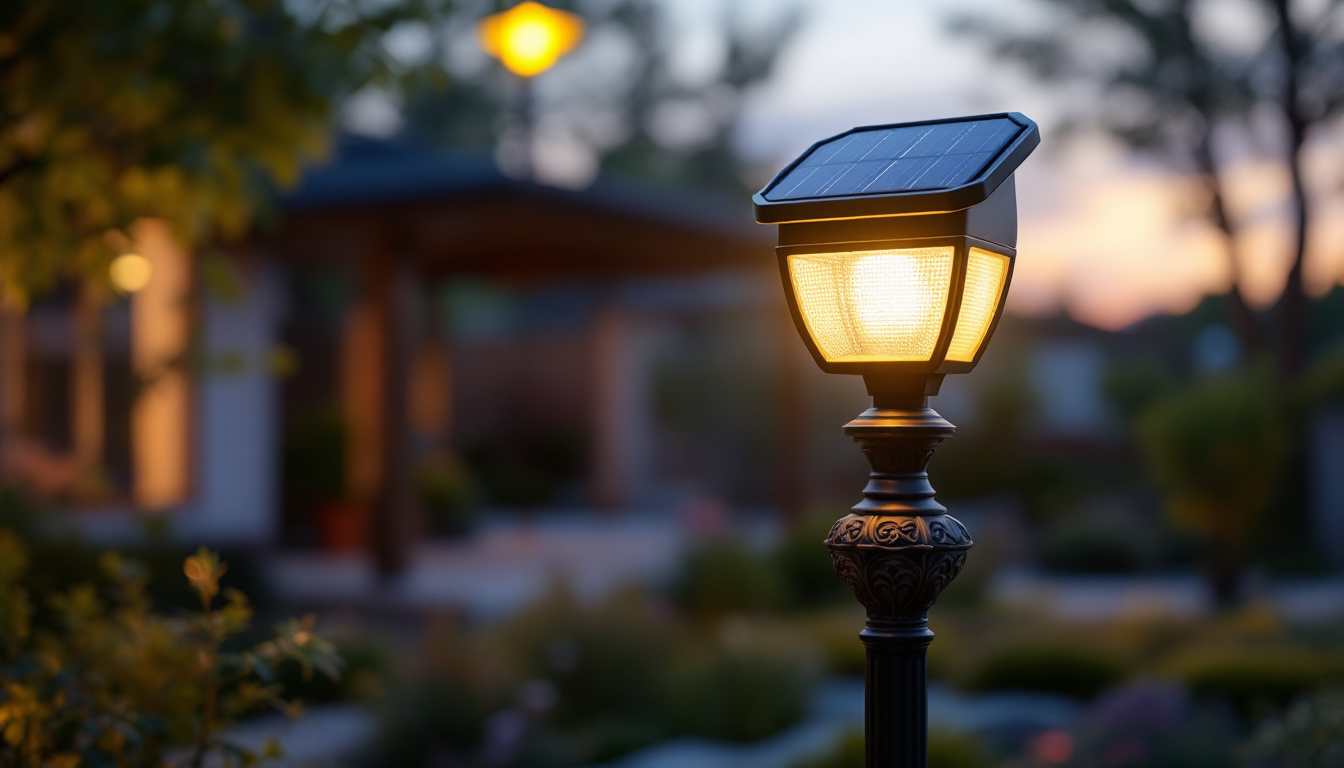
In the world of lighting design and installation, the details can make all the difference. For lighting contractors, one of the most important elements to consider is the choice and placement of fixtures. Among these, LED shower can lights have gained immense popularity due to their energy efficiency and versatility. However, there are common pitfalls that can lead to subpar results. This guide aims to highlight these mistakes and provide insights to help lighting contractors deliver exceptional installations.
Before delving into the common mistakes, it’s essential to grasp what LED shower can lights are and their unique features. These fixtures are designed to withstand moisture and humidity, making them ideal for bathrooms and shower areas. Unlike traditional incandescent or fluorescent lights, LED fixtures offer longer lifespans and lower energy consumption, which translates to cost savings for clients.
LED shower can lights come with several advantages. First and foremost, they provide excellent illumination while consuming significantly less energy than their traditional counterparts. This energy efficiency not only benefits the environment but also reduces electricity bills for homeowners.
Moreover, the longevity of LED lights means fewer replacements, which is a significant selling point for contractors. Clients appreciate the reduced maintenance costs associated with these fixtures. Additionally, the ability to choose from various color temperatures allows for customized lighting solutions that can enhance the overall ambiance of a bathroom. For instance, warmer tones can create a cozy, relaxing atmosphere, while cooler tones can provide a more invigorating and refreshing feel, perfect for morning routines.
LED shower can lights are versatile and can be used in various applications. They are commonly installed in shower stalls, above bathtubs, and throughout the bathroom ceiling. Their design allows for a clean, modern look that can complement different styles, from contemporary to traditional.
Furthermore, these fixtures can be used in commercial settings, such as hotels and spas, where high-quality lighting is essential for creating a welcoming atmosphere. Understanding these applications can help contractors recommend the right solutions to their clients. In residential spaces, they can also be strategically placed to highlight architectural features or artwork, adding an extra layer of sophistication to the bathroom design. In addition, with the advent of smart lighting technology, many LED shower can lights now offer features such as dimming options and remote control, allowing users to adjust the lighting to their preference with ease, further enhancing the functionality and appeal of these fixtures.
Despite their advantages, the installation of LED shower can lights is not without challenges. Here are some common mistakes that lighting contractors should avoid to ensure successful installations.
One of the most critical aspects of installing LED shower can lights is ensuring that the fixtures are rated for wet or damp locations. Many contractors may overlook this detail, leading to potential safety hazards and premature fixture failure.
Choosing the wrong fixture can result in electrical issues or even damage to the light itself. Always verify the moisture rating of the products being used and ensure they are appropriate for the intended installation area. Additionally, it’s beneficial to educate clients about the importance of moisture ratings, as this knowledge can empower them to make informed choices and understand the longevity of their fixtures.
Placement is crucial when it comes to lighting, especially in a bathroom setting. One common mistake is positioning the lights too far from the shower or bathtub, which can result in inadequate illumination. Contractors should consider the size of the space and the specific lighting needs of the area.
Additionally, placing lights too close to the shower can create glare or discomfort. A careful balance must be struck to ensure that the lighting is both functional and aesthetically pleasing. Utilizing a lighting layout plan can help avoid these issues. Furthermore, it may be helpful to conduct a mock-up of the lighting design using temporary fixtures to visualize how the light interacts with the space before committing to permanent installations.
Dimming capabilities can significantly enhance the user experience in a bathroom. However, many contractors neglect to incorporate dimmable LED fixtures or compatible dimmer switches. This oversight can limit the versatility of the lighting setup.
Clients often appreciate the ability to adjust lighting levels for different activities, such as relaxing in a bathtub or preparing for a busy day. Incorporating dimmable options can elevate the overall functionality of the space. Moreover, it’s essential to choose the right type of dimmer switch that is compatible with LED technology, as some older dimmers may not work effectively with modern LED lights, leading to flickering or reduced lifespan. Educating clients on the benefits of dimming can also enhance their satisfaction with the final installation.
Choosing the appropriate LED shower can lights is crucial for a successful installation. Not all fixtures are created equal, and understanding the various options available can help contractors make informed decisions. The right choice not only enhances the visual appeal of the bathroom but also contributes to energy efficiency and longevity of the lighting solution.
The color temperature of LED lights can dramatically affect the mood and functionality of a bathroom. Warmer tones (2700K to 3000K) create a cozy and inviting atmosphere, while cooler tones (3500K to 5000K) offer a more vibrant and energizing feel. It’s important to note that the perception of color can also change based on the surrounding materials and finishes in the bathroom, such as tile, paint, and cabinetry.
Contractors should discuss color temperature options with clients to ensure that the chosen lighting aligns with their preferences and the overall design of the space. This consideration can enhance the aesthetic appeal and functionality of the bathroom. Additionally, utilizing dimmable LED fixtures can provide further flexibility, allowing homeowners to adjust the brightness according to different times of day or activities, from relaxing baths to invigorating morning routines.
The beam angle of LED shower can lights determines how focused or spread out the light will be. A narrow beam angle can provide concentrated illumination, ideal for specific tasks, while a wider beam angle offers general lighting coverage. Understanding the layout of the bathroom is essential; for instance, areas like the shower or vanity may require more focused lighting, while the overall space benefits from broader coverage.
Contractors should assess the layout of the bathroom and the intended use of the lighting to select the appropriate beam angle. This consideration can help achieve the desired lighting effect and ensure that all areas are adequately illuminated. Furthermore, combining different beam angles can create a layered lighting effect, which not only enhances the visual interest of the space but also improves functionality by eliminating shadows and dark spots, making the bathroom a more pleasant and safe environment for daily use.
Proper installation is key to maximizing the performance and longevity of LED shower can lights. Following best practices can help contractors avoid common pitfalls and ensure a successful outcome.
Ensuring proper wiring is essential for the safe operation of LED fixtures. Contractors should follow local electrical codes and guidelines when installing these lights. Utilizing the correct gauge of wire and ensuring secure connections can prevent electrical issues and enhance safety.
Additionally, it’s crucial to use compatible dimmer switches and transformers if applicable. Mismatched components can lead to flickering lights or even damage to the fixtures themselves.
Using junction boxes is another best practice that contractors should adhere to. Junction boxes provide protection for electrical connections and help prevent moisture ingress. This is particularly important in bathroom settings where humidity levels can be high.
Contractors should ensure that all connections are made within a junction box and that it is securely mounted. This practice not only enhances safety but also complies with electrical codes.
Even after a successful installation, maintenance plays a crucial role in the longevity of LED shower can lights. Educating clients about proper care can help them get the most out of their investment.
Dust and moisture can accumulate on fixtures over time, diminishing their brightness and effectiveness. Contractors should advise clients on the importance of regular cleaning to maintain optimal performance.
Using a soft, damp cloth to wipe down the fixtures can help remove dust and debris without damaging the surface. Clients should be reminded to avoid harsh chemicals that could harm the finish of the lights.
Encouraging clients to monitor their lighting for any signs of issues is essential. Flickering lights, unusual sounds, or changes in brightness can indicate underlying problems that need to be addressed.
Contractors should provide guidance on troubleshooting common issues and when to seek professional assistance. This proactive approach can help prevent more significant problems down the line and ensure that clients are satisfied with their lighting solutions.
LED shower can lights offer a modern and efficient lighting solution for bathrooms, but avoiding common mistakes is crucial for successful installations. By understanding the unique features of these fixtures, selecting the right products, and adhering to best practices during installation and maintenance, lighting contractors can deliver exceptional results.
By keeping these considerations in mind, contractors can enhance their reputation for quality work and ensure client satisfaction. A well-lit bathroom not only improves functionality but also elevates the overall aesthetic, making it a worthwhile investment for homeowners.
In a competitive market, staying informed about the latest trends and technologies in lighting design will set contractors apart. Embracing the advantages of LED shower can lights while avoiding common pitfalls will lead to successful projects and happy clients.
Ready to elevate your lighting installations with the best LED shower can lights on the market? Look no further than LumenWholesale. We provide lighting contractors with spec-grade, top-quality lighting products at unbeatable wholesale prices. Say goodbye to local distributor markups and hello to superior lighting products that meet the highest industry standards. With LumenWholesale, you can enjoy the convenience of bulk buying with free shipping, ensuring you get the premium lighting you need at the best value. Don’t compromise on quality or price. Visit LumenWholesale today and discover the perfect blend of quality, affordability, and convenience for all your lighting project needs.

Discover innovative cost-saving strategies for lighting contractors focusing on recessed ceiling installations.

Discover how high-quality solar lights can transform your business and secure more lighting contracts.

Discover how solar lights on poles are revolutionizing the lighting industry for contractors.

Discover how the 60 Watt Type B Lamp can transform your lighting projects and help you secure more contracts.